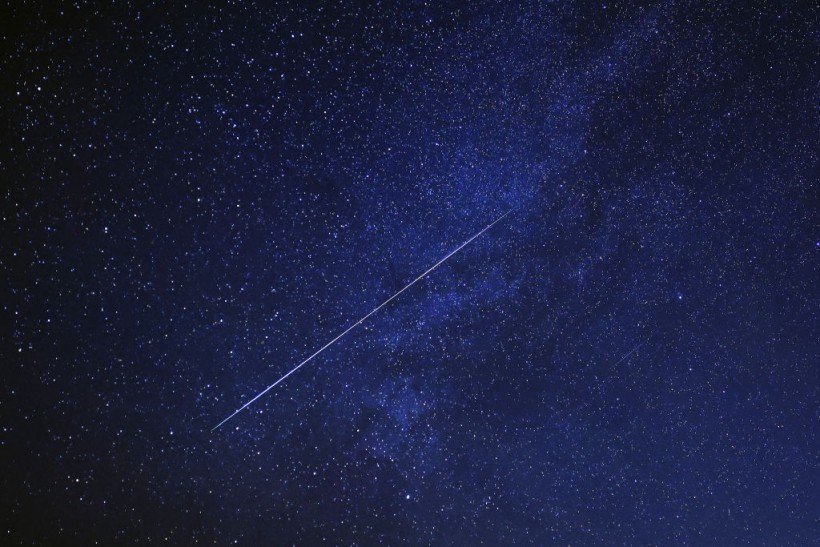This year is full of great astronomical surprises, ranging from meteor showers to a total solar eclipse. Let's take a deeper look into some of the great astronomical events to look forward to this year.
Astronomical Events To Look Forward To This 2024
Meteor Showers
A dozen meteor showers are set to soar through the sky in 2024. These include the recent Quadrantids meteor shower that happened earlier this week and the Lyrids meteor shower that will be peaking in April.
Meteor showers take place when the Earth moves through a comet's path. When this takes place, bits of the debris from the comet make light streaks in the night sky as they end up burning in the atmosphere of the Earth. These streaks are called shooting stars, despite not being stars at all.
Aside from the Quadrantids and Lyrids meteor showers, there will also be the Eta Aquariids, which will be releasing up to 50 shooting stars on May 6, and the Geminids meteor shower, which is the biggest one of the year.
ALSO READ: What Is a Meteor Shower? NASA Explains Why There Are Periodic Streams Every Year
Solar Eclipses
A total solar eclipse is set to happen in 2024, specifically on April 8. This event takes place when the Moon fully blocks the Sun's face.
The solar eclipse is said to sweep through the continent. It will start in Mexico and move through Texas. It will then reach New England and end in Canada.
Regardless of the location, the total solar eclipse should be visible for roughly four minutes.
Supermoons
In typical calendar years, there are usually three to four supermoons. However, in 2024, there will only be two supermoons. What makes it better is that they will be visible from anywhere across the planet.
A supermoon refers to the full Moon when it is at the closest point in its Earth orbit. This makes it appear brighter and bigger than usual. On a night that is clear, a supermoon offers a great view.
The first supermoon this year will take place on September 18. By this time, the moon will be roughly 222,131 miles away from the planet. The second one will be on October 17, when it will be 222,055 miles away.
The opposite of a supermoon is known as a micromoon, wherein the full Moon will be farthest from the Earth during its orbit. There may be three micromoons in 2024. This will be on January 25, February 25, and March 25.
Saturn To Be In Opposition
This September 8, the ringed planet will be in opposition. Because of this, it will be the best time to view it in the night sky.
Being in opposition means that the Earth will be between the Sun and Saturn. The two planets will then be nearest to one another.
Saturn will appear like a yellowish star, though it can be clearly distinguished from other stars due to its steady light. Dr. Robert Massey, who is from the Royal Astronomical Society, also explains that it will be brighter than most of the stars.
RELATED ARTICLE: Quadrantid Meteor Shower 2024: Brief, Intense Showtime of Over 100 Shooting Stars Per Hour Awaits the Northern Skies
Check out more news and information on Space in Science Times.















